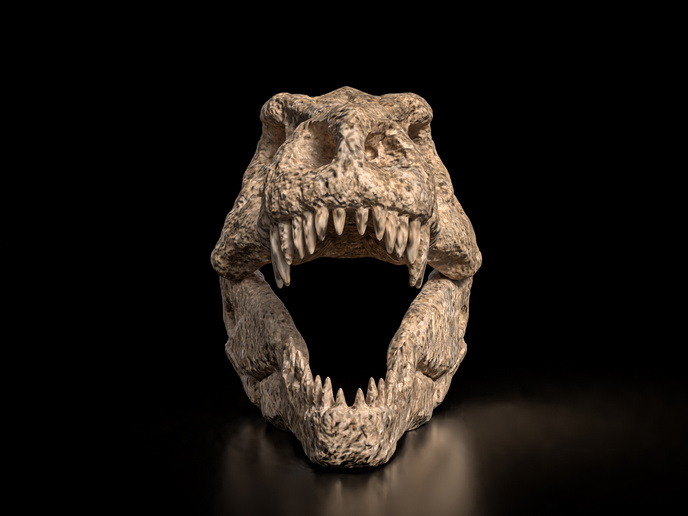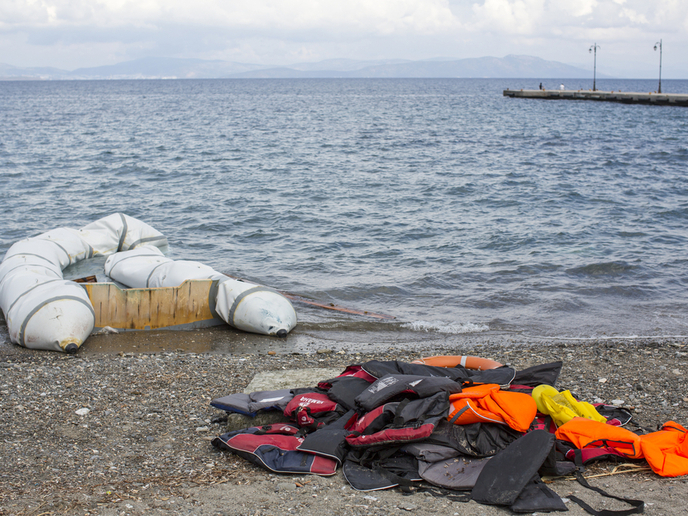Weighing in on Eurasia’s Bronze Age economy
The Bronze Age, the period lasting from approximately 3000 BCE to 1000 BCE, is often considered to be the dawn of commercial trade. It was during this period that civilisations, particularly those in Eurasia, are believed to have started trading extensively with each other. “We say ‘believed’ because, surprisingly, the most important evidence of trade – weights and scales – have never been fully investigated,” says Lorenz Rahmstorf(opens in new window), a researcher at the University of Göttingen(opens in new window). With the support of the EU-funded WEIGHTANDVALUE(opens in new window) project, Rahmstorf has investigated the emergence of the use of weights and scales – and the economic and societal transformations brought about by this innovation – during the Bronze Age in western Eurasia. “We wanted to explore to what degree the Bronze Age economy of Europe and West and South Asia was based on precise assessments of material value, to what extent it was weight-related, and how such conceptions permeated Bronze Age societies across the region,” adds Rahmstorf.
Identifying and gaining access to the artefacts
Before researchers were able to study the impact of weights and scales, they first had to identify them. “Weights, scales and weight-adjusted artefacts are largely missing from the archaeological record,” he explains. According to Rahmstorf, this is the result of a number of factors. “Scales made of organic material rarely survive in the soil,” he says. “Whereas weights are often not recognised as such and certain metal objects that were intentionally produced with a measured amount of material or fragmented to adjust a weight unit usually weren’t weighed by archaeologists.” Another challenge the European Research Council(opens in new window) supported project faced was gaining access to the necessary artefacts. For example, several key museums, including some in India, were first reluctant to allow researchers to study their Bronze Age collections, although they eventually became extremely helpful.
Identifying and testing weights and weight-adjusted artefacts
With the artefacts in hand, Rahmstorf and his team next had to develop unique statistical methods capable of extracting meaningful information from the items. “By developing and applying strict archaeological and statistical methods, we were better able to identify those items that were in fact weights or weight-adjusted artefacts,” he adds. Finally, the team utilised innovative, practical experiments to test the capacity, durability and precision of scales, along with the rate of error in precision when duplicating weights. In total, about 3 100 weights and 500 weight-adjusted artefacts from 14 different countries were studied.
Groundbreaking findings
With access to the right artefacts, the right statistical methods and the right experiments, Rahmstorf and his team were ultimately able to prove the use of metal currencies in Europe and western Asia and the existence of a pan-European weight system for calculating those currencies. “First and foremost, our work has proved that weighing technology was widely distributed across Eurasia during the Bronze Age,” concludes Rahmstorf. “Furthermore, we’ve shown that merchants used this technology to weigh the various metal currencies that predominated trade during this era, with European societies favouring bronze and western Asian societies silver.” These groundbreaking findings have already been published in 35 papers and three books, with more in the works. Rahmstorf is also exploring new avenues that were discovered during the course of the project, including, for example, the direct relationship between the use of weights, weight-adjusted bronze or silver objects, and the ubiquitous deposition of hoards of these metals within fragmented metal scraps.







